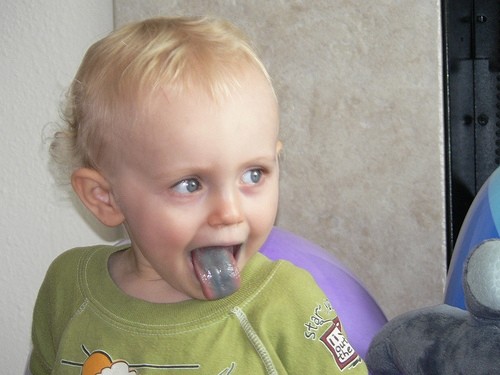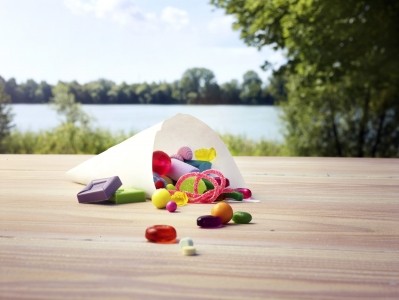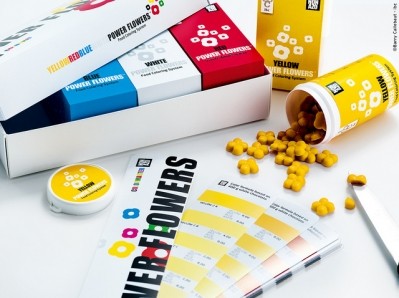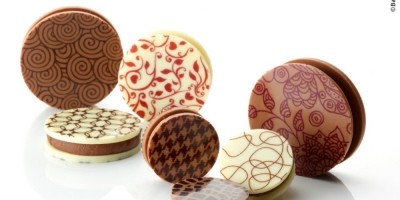IACM slams ‘misleading’ blue colors study

Last week, ConfectioneryNews.com reported on a study by Lucova et al. that said Brilliant Blue (E133) and Patent Blue (E131) disrupted cell metabolism when entering the bloodstream after keeping lollipops containing the colors in the mouth for a long time. See HERE.
Lucova called on candy makers to stop using the colors in lollipops and hard candies because the products were in prolonged contact with the mucous membranes of the tongue.
IACM: ‘Negligible amounts’
IACM, a trade body representing the manufacturers and end-users of coloring substances, today called the study “misleading” and claims the amount of dye typically used in lollipops and hard candies is too negligible to cause health problems.
Mathew Gulick, communications director at IACM, told this site: “The European Food Safety Authority (EFSA) reaffirmed the safety of Brilliant Blue as recently as 2010, and the information presented in the study does not present any new information regarding adverse effects.”
He continued: “IACM finds no scientific support in the study for claims attacking a food color that has been established as safe in the US and in Europe based on the scientific evidence to date.”
ICAM: ‘Misleading’
While Brilliant Blue is recognized as safe in the US and the European Union, Patent Blue is not allowed in many countries including the US, Australia, Canada, Japan, and New Zealand although it has novel foods approval in the EU.
The IACM’s emailed statement concentrated on Brilliant Blue.
It contended that any amount of Brilliant Blue absorbed from lollipops was at least 3,600 times below the ADI established by EFSA.
It said that less than 0.1% of an applied dose of Brilliant Blue on the tongue penetrated deeper than surface level.
“Nonetheless, the authors did not hesitate to consider this amount of Brilliant Blue to be a ‘risk to human health’ in their conclusions,” IACM said.
“This is an unfortunate incidence where the communication of novel scientific findings removes critical numerical information and context from the content, which renders it misleading and unnecessarily alarming.”
Lucova response
Lucova said today in response to IACM’s criticism that her study clearly states that the amount of blue dyes that permeate through the tongue mucosa were low, but that a potential hazard existed because many children repeatedly consume lollipops.
Source:
Food and Chemical Toxicology 52 (2013) 19–27
http://dx.doi.org/10.1016/j.fct.2012.10.027,
‘Absorption of triphenylmethane dyes Brilliant Blue and Patent Blue through intact skin, shaven skin and lingual mucosa from daily life products’
Authors: Marianna Lucová, Jarmila Hojerová, Silvia Pažoureková and Zuzana Klimová






